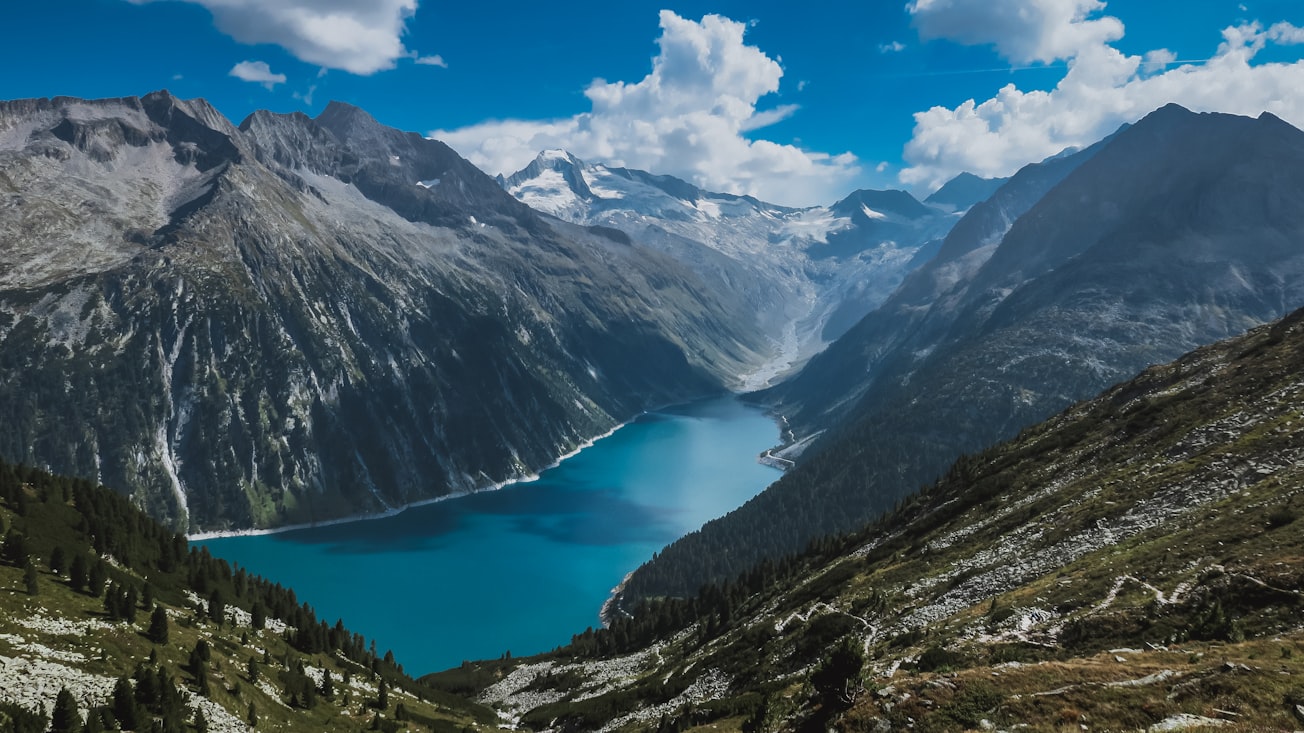What is it about?
Understanding and predicting how biological communities respond to climate change is critical for assessing biodiversity vulnerability and guiding conservation efforts. Glacier- and snow-fed rivers are one of the most sensitive ecosystems to climate change, and can provide early warning of wider-scale changes. These rivers are frequently used for hydropower production but there is minimal understanding of how biological communities are influenced by climate change in a context of flow regulation. This study sheds light on this issue by disentangling structural (water temperature preference, taxonomic composition, alpha, beta and gamma diversities) and functional (functional traits, diversity, richness, evenness, dispersion and redundancy) effects of climate change in interaction with flow regulation in the Alps. For this, we compared environmental and aquatic invertebrate data collected in the 1970s and 2010s in regulated and unregulated alpine catchments. We hypothesized a replacement of cold-adapted species by warming-tolerant ones, high temporal and spatial turnover in taxa and trait composition, along with reduced taxonomic and functional diversities in consequence of climate change. We expected communities in regulated rivers to respond more drastically due to additive or synergistic effects between flow regulation and climate change. We found divergent structural but convergent functional responses between free-flowing and regulated catchments. Although cold-adapted taxa decreased in both of them, greater colonization and spread of thermophilic species was found in the free-flowing one, resulting in higher spatial and temporal turnover. Since the 1970’s, taxonomic diversity increased in the free flowing but decreased in the regulated catchment due to biotic homogenization. Colonization by taxa with new functional strategies (i.e. multivoltine taxa with small body size, resistance forms, aerial dispersion and reproduction by clutches) increased functional diversity but decreased functional redundancy through time. These functional changes could jeopardize the ability of aquatic communities facing intensification of ongoing climate change or new anthropogenic disturbances.
Featured Image

Photo by Paul Gilmore on Unsplash
Read the Original
This page is a summary of: Structural and functional responses of invertebrate communities to climate change and flow regulation in alpine catchments, Global Change Biology, January 2019, Wiley,
DOI: 10.1111/gcb.14581.
You can read the full text:
Resources
Contributors
The following have contributed to this page







